- Jan 25, 2009
- 19,765
- 1,428
- Faith
- Oriental Orthodox
- Marital Status
- Private
- Politics
- US-Others
Interesting - how to end a glitch....FYI, there is a glitch that can prevent you from quoting another post or from editing your own post.
Upvote
0
Interesting - how to end a glitch....FYI, there is a glitch that can prevent you from quoting another post or from editing your own post.
One tribe I've greatly enjoyed is the Sun'aq Tribe of Kodiak (and those on other islands in the Kodiak Archipelago, elsewhere in Alaska and Hawaii, in the lower 48 states, and overseas).

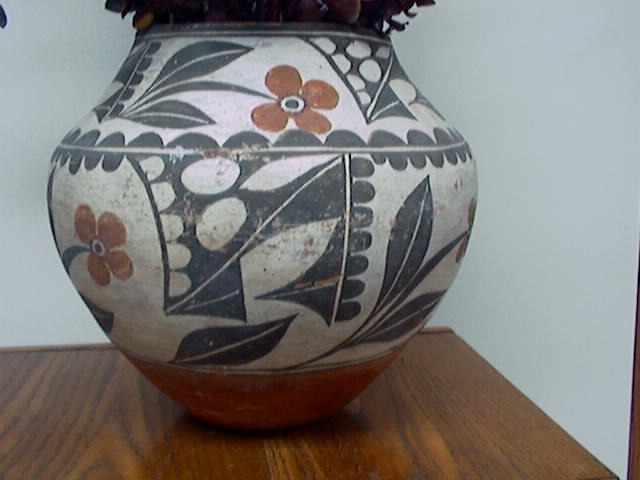
FascinatingI am a collector of Pueblo pottery.

This was given to me by my grandfather. It is Zia and is from the 1920s.
Do you any more items from Pueblo culture?I am a collector of Pueblo pottery.

This was given to me by my grandfather. It is Zia and is from the 1920s.
When it comes into focus again, I'll share more. Of course, Anyone can post in that thread whenever they wish, Red - if you have anything you feel should be placed up, then post it. For now, this one and others has my focusGxg (G²), I hope you will continue to post in your Native American thread in the American politics forum. I have missed it.
Actually I am a Progressive Creationist and I don't hold to the "either or" logic that says it cannot be both young and old (more shared here and here and here and here and here /here) - and I also leaned toward Theistic Evolution. It wouldn't matter if I were a young Earth Creationists (seeing how many in Bahai are as well as well as multiple other religions) since it would have no relevance to the point I brought up earlier - the thread is primarily focused on Indigenous Groups of people/their religions and which ones posters value. One can have a separate thread on the other issues, but I don't care to take this thread into that direction...
People tend to use the term "ice-bridge" and land bridge interchangeably, depending on the context - but much in the world of science has debated the extent - and some have debated the extent of connection with Australia and New Guinea.
As another noted best:
There is no clear or accepted origin of the indigenous people of Australia. Although they migrated to Australia through Southeast Asia they are not demonstrably related to any known Asian or Polynesian population. There is evidence of genetic and linguistic interchange between Australians in the far north and the Austronesian peoples of modern-day New Guinea and the islands, but this may be the result of recent trade and intermarriage.
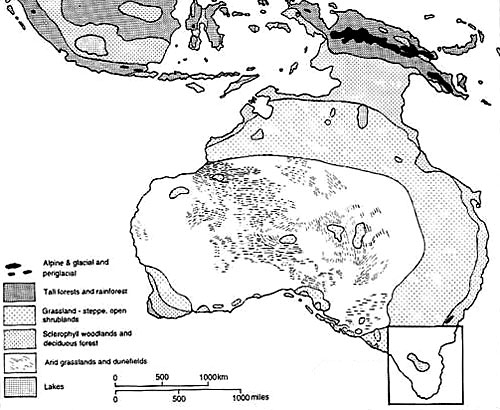
Of course....
I can understand
I can get that.....
Indeed...
And on a side note, Aboriginal people are truly fascinating....and I am amazed at how extensive their culture is. Some have noted that the first Americans were actually Aborigines
http://www.youtube.com/watch?v=seh0-_JMBuQ
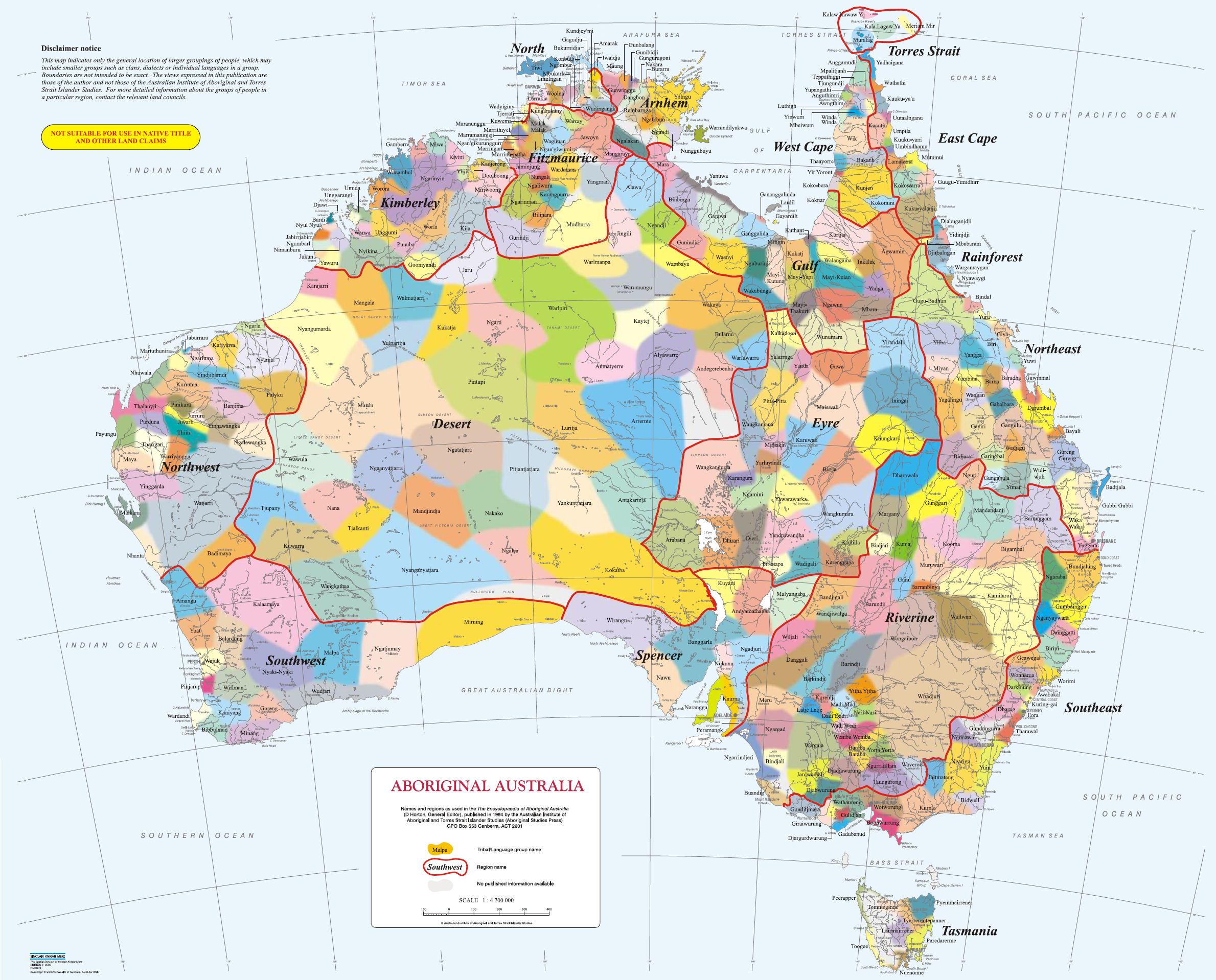
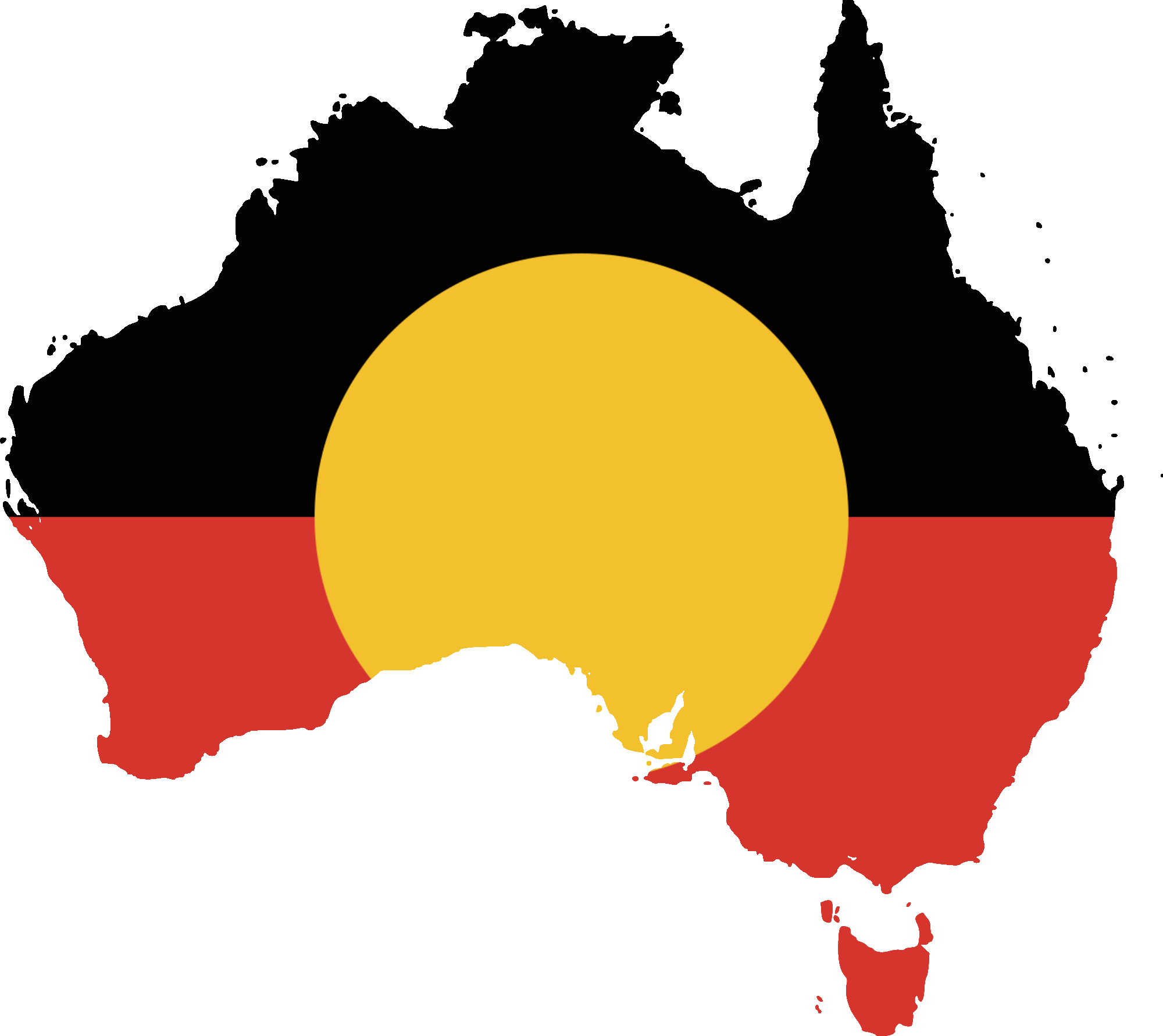
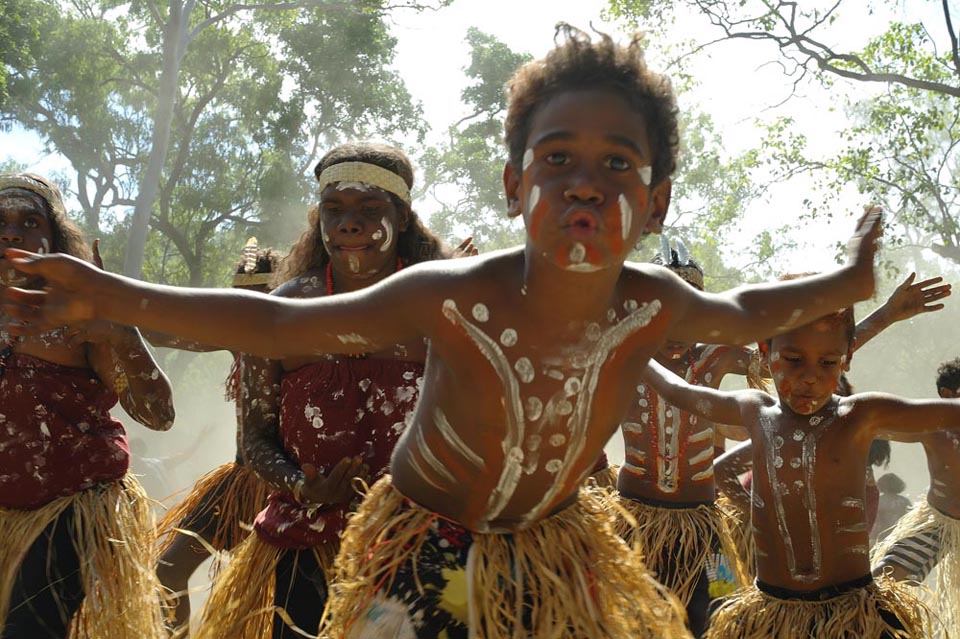

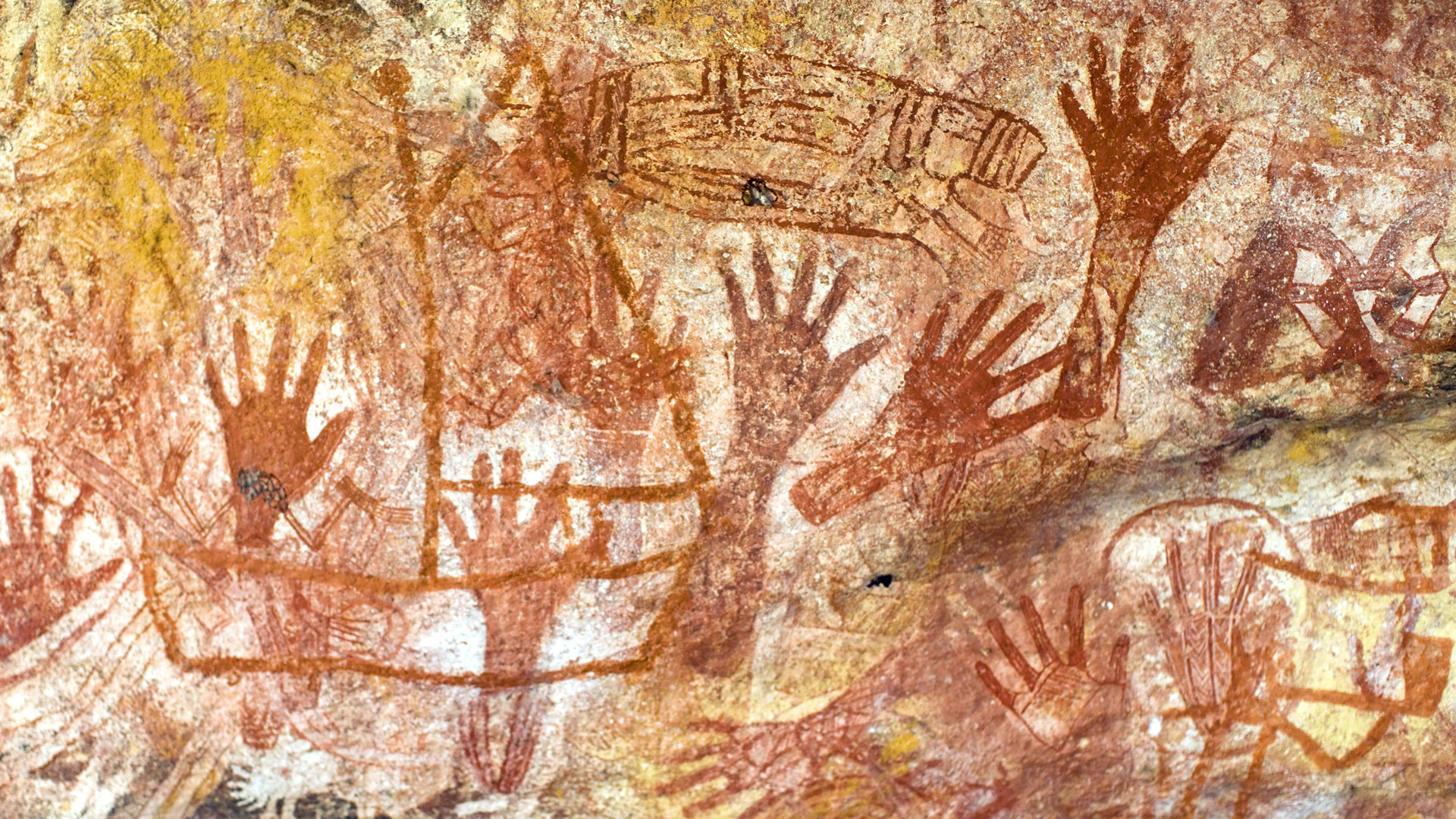
It was truly fascinating to learn on how certain vegetables (like the sweet potato) made it all the way to Polynesia from the Andes — nearly 400 years before Inca gold was presented before Ferdinand and Isabella's eyes...and the findings, published in the Proceedings of the National Academy of Sciences, offer more evidence that ancient Polynesians may have interacted with people in South America long before the Europeans set foot on the continent.
....and ....and to see the history of the people there as well as other parts of the Polynesian Islands is truly stunning - especially their artwork
http://www.youtube.com/watch?v=0mcliwfs6Pg
[/CENTER]
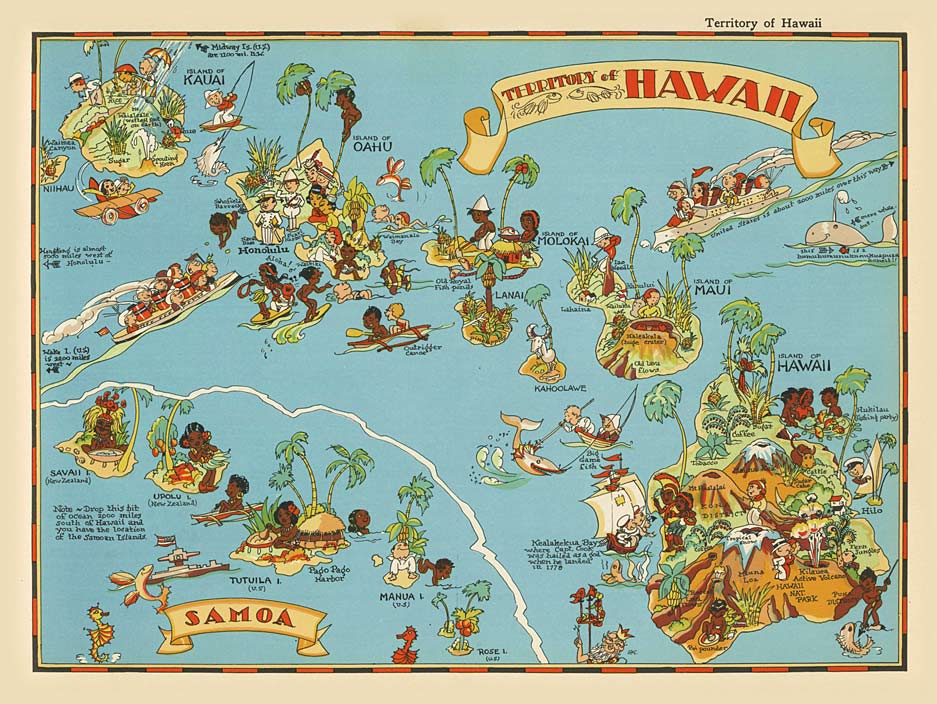
It was truly fascinating to learn on how certain vegetables (like the sweet potato) made it all the way to Polynesia from the Andes — nearly 400 years before Inca gold was presented before Ferdinand and Isabella's eyes...and the findings, published in the Proceedings of the National Academy of Sciences, offer more evidence that ancient Polynesians may have interacted with people in South America long before the Europeans set foot on the continent.
....and ....and to see the history of the people there as well as other parts of the Polynesian Islands is truly stunning - especially their artwork
http://www.youtube.com/watch?v=0mcliwfs6Pg
[/CENTER]
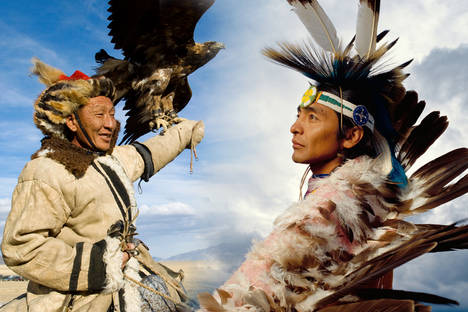

The concept of Turtle Island and being something others came to by sea is not inconsistent for me personally....but the Melanesian connection is intriguing. As another noted best, it's still not clear whether migration from Australia and Melanesia to the Americas was directly across the ocean, or by going up along the coast and via the Aleutian Islands - but the issue is still being investigated.'I would expect South Americans to have some Polynesian DNA but not Melanesian. The Polynesian connection might help explain why so many Native Americans have traditions that they came by sea. But that also might be explained by the fact that it is likely that some of the folks from Beringia traveled down the Americas by boat, rather than by land.


Definitely something to consider....I'm a bit surprised that the genetic shift is thought to have happened 20-30,000 years ago. Most textbooks put the arrival of Amerind peoples at about 15,000 years ago. Hard to explain how they reached the tip of South America in only a few hundred years, by that theory however.
For anyone interested, I'd encourage others to consider Native American theology in context with maps/imagery of how the world actually was when it came to their territory. The creator of the maps (whom I'm friends with on FB) spoke on the matter and it was such a blessing. He recently did a map of the Caribbean and it was such a blessing to me...being from the West Indies in my ancestry and rarely seeing it where the Black and Indian intersections are actually addressed.AWESOME presentation by Eru Potaka- Dewes, Dean of Atuatanga Maori Theological College Rotorua, discussing Jesus and Atuatanga
............
And of course, there's


There's no rush with anything you'd like to share on with thoughts, as there's a lot to cover. What stood out to you?Very interesting thread. I have some thoughts but there is a lot to process here.
There's no rush with anything you'd like to share on with thoughts, as there's a lot to cover. What stood out to you?
Now Before going further, in light of others who I've often heard claim that Native Americans automatically are not "Native" because of crossing the Bering Straight,
Are you saying this in regards to Native Americans bothered by people saying 'You were all really from this continent rather than the one you've been disenfranchised on and that you say you developed in" or in regards to simple patterns of migration noted in regards to seeing where others came from?Pointing to pre-historic or ancient migrations must be the poorest line of reasoning ever conceived.
Taking this line of reasoning to its logical conclusion, we are all Africans.
But even closer to our own time, almost no contemporary nation has any link (apart from genetical traces from inter-marriages) to ancestral ethnicities who settled on that specific stretch of land ten-, five-, or even three thousand years ago.
Personally, I think that land ownership is a spurious concept to begin with, but I'd always respect the lives of those living in a specific terrain.
True...I'm not surprised Natives take offense to this idea, simply because in my personal experience it always been used as the opening defense of why it has been okay to treat Natives poorly; the line of thinking going "well they weren't truly the first people here [in the Americas] so they're no different than us". That said, I know very few Natives in person because of my geographic location in the US so maybe I am reading too much into it.
